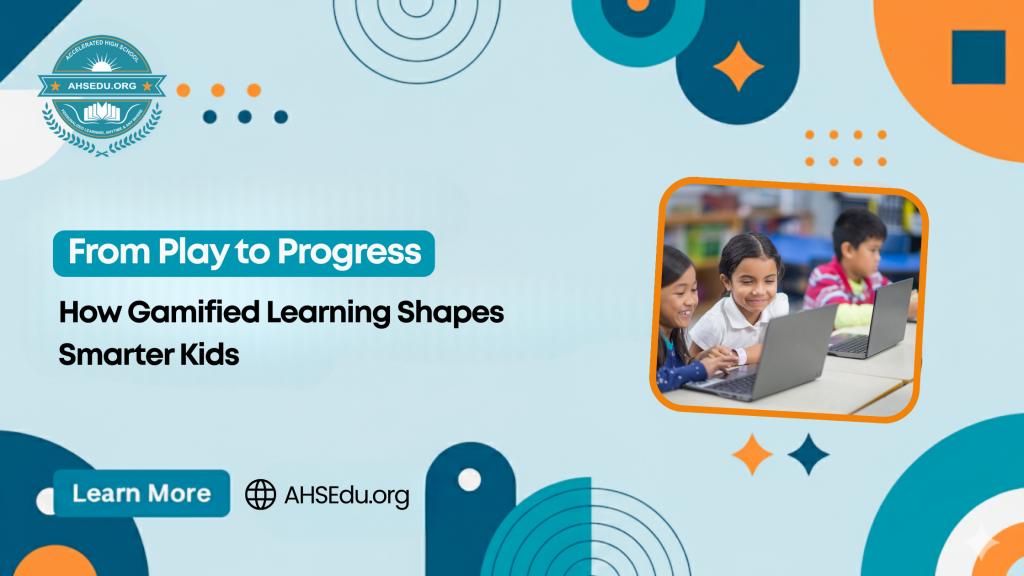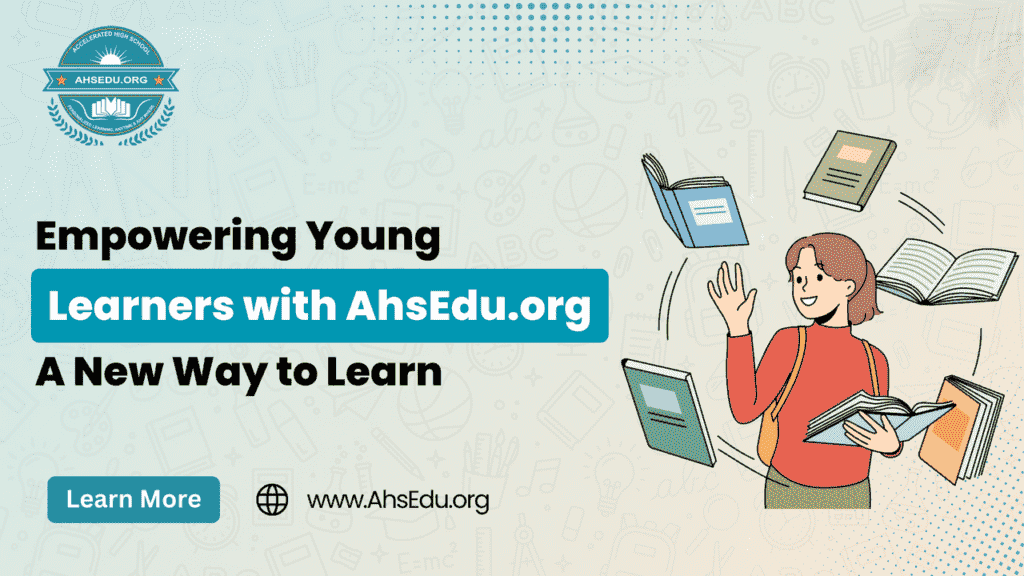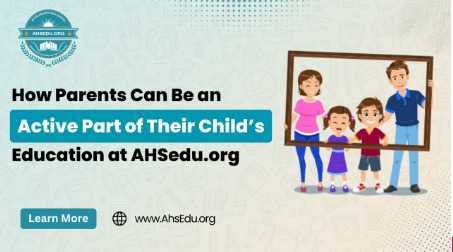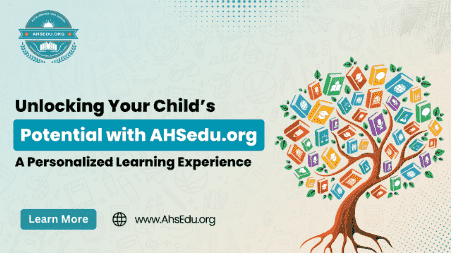From Play to Progress: How Gamified Learning Shapes Smarter Kids
The Problem Every Parent Sees
Children today live in a digital-first world. Screens are everywhere—phones, tablets, laptops—and kids spend hours daily on them.
Yet, many parents worry that this screen time is wasted on endless scrolling or mindless games.
Traditional teaching methods struggle to hold children’s attention, leaving parents and educators searching for new ways
to keep kids engaged while still building real skills.
The challenge is clear: How do we transform play into meaningful learning?
Here’s the good news: Not all screen time has to be wasted. With AHS interactive videos,
children can use the same devices for active learning instead of passive scrolling.
Why Traditional Learning Falls Short
Classic education often means long lectures, heavy textbooks, and rigid routines.
For today’s generation, raised on fast-paced apps and interactive content, this approach feels outdated. The result?
- Kids lose focus quickly.
- Learning feels like a chore, not an adventure.
- Parents constantly battle between “fun” and “study time.”
Imagine this: A child sits with a thick math textbook, staring at numbers on the page, frustrated and bored.
Now picture the same child playing a math quiz on a tablet—earning points, unlocking new levels, and smiling with every correct answer.
That’s the gap between traditional learning and today’s reality.
And this is exactly where gamified learning steps in—a modern solution designed to meet kids where they are, using play to spark real progress.
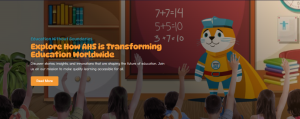
The Modern Solution: Gamified Learning
Gamification means applying game elements—like points, challenges, levels, and rewards—to learning.
Instead of passively absorbing information, children actively participate in lessons, just as they would in a favorite game.
Why it works:
- Boosts Motivation: Kids stay excited when lessons feel like challenges they can win.
- Builds Confidence: Small wins (badges, points, rewards) give an instant sense of achievement.
- Improves Focus: Game mechanics keep children immersed longer than traditional study sessions.
- Encourages Problem-Solving: Quizzes, puzzles, and interactive tasks train critical thinking.
- Creates Balance: Learning becomes enjoyable, reducing the “study vs. play” conflict.
Gamification is more than a trend—it’s a bridge between how children love to interact and what they need to learn.
From Play to Progress: Real-Life Impact
Think of a child solving math problems not out of pressure, but with excitement—because every correct answer takes them one step closer to the next level.
Imagine science lessons where completing a quiz doesn’t just end the chapter, but unlocks a brand-new experiment to explore.
Or picture language practice where each new word fills up a progress bar, giving kids a visible sense of achievement.
This is what gamified learning delivers: it transforms ordinary study tasks into challenges, missions, and rewards.
Curiosity becomes the driving force, and learning turns into lasting skills that children carry forward with confidence.
AHSEdu.org: Bringing Gamified Learning to Life
While many platforms talk about gamification, AHSEdu.org makes it a reality.
Here’s how AHS transforms learning from play to progress:
- 🎮 Interactive Quizzes: Kids don’t just memorize—they engage with real challenges and instant feedback.
- 🏆 Badges & Rewards: Every milestone feels like an achievement, motivating children to keep going.
- 📚 Skill-Based Modules: Lessons are broken into manageable, game-like steps for better retention.
- 📊 Progress Dashboards: Parents can track growth in real time, turning learning into a shared journey.
- 🧩 Balanced Learning: Online activities are paired with offline worksheets so kids learn both digitally and practically.
At AHS, gamified learning isn’t just about fun; it’s about building smarter, more confident kids ready for the future.
Conclusion: The Future of Learning Is Playful
The line between “study time” and “play time” is disappearing—and that’s a good thing.
With gamified learning, children no longer have to choose. They can play, learn, and grow all at once.
For parents, this means no more daily battles to make kids study.
For children, it means every moment of fun leads to confidence, skills, and a smarter future.
Don’t just read about it—experience it today!

